Government Investments and Support
The Unmanned Marine Vehicle Market is benefiting from increased government investments and support aimed at enhancing maritime capabilities. Various governments are recognizing the strategic importance of unmanned marine vehicles for national security, environmental monitoring, and resource management. Funding initiatives and research grants are being allocated to develop advanced unmanned marine technologies. For instance, recent government reports indicate that funding for unmanned marine vehicle research has increased by 20 percent in the last year. This financial backing is likely to accelerate innovation and development within the Unmanned Marine Vehicle Market, fostering a more competitive landscape.
Focus on Environmental Sustainability
The Unmanned Marine Vehicle Market is increasingly aligning with global sustainability goals. As environmental concerns rise, there is a growing emphasis on using unmanned marine vehicles for ecological monitoring and conservation efforts. These vehicles are employed to collect data on marine ecosystems, track pollution levels, and assess the impact of climate change. The market is responding to this trend by developing eco-friendly unmanned marine vehicles that utilize renewable energy sources. Recent studies suggest that the adoption of sustainable practices in the Unmanned Marine Vehicle Market could lead to a reduction in carbon emissions by up to 25 percent. This focus on sustainability not only enhances the market's reputation but also opens new avenues for growth.
Increased Demand for Autonomous Operations
The Unmanned Marine Vehicle Market is witnessing a notable increase in demand for autonomous operations across various sectors. Industries such as shipping, oil and gas, and environmental monitoring are increasingly adopting unmanned marine vehicles to reduce operational costs and enhance safety. The ability to conduct missions without human intervention not only minimizes risks but also allows for continuous operations in hazardous environments. Market data indicates that the demand for autonomous marine vehicles is projected to grow at a compound annual growth rate of 15 percent over the next five years. This trend reflects a broader shift towards automation in the Unmanned Marine Vehicle Market, driven by the need for efficiency and reliability.
Growing Applications Across Multiple Sectors
The Unmanned Marine Vehicle Market is expanding as a result of growing applications across diverse sectors. From military operations to commercial shipping and scientific research, unmanned marine vehicles are being utilized for a wide range of purposes. Their versatility allows for tasks such as underwater inspections, surveillance, and data collection in challenging environments. Market analysis shows that the commercial sector is expected to account for a significant share of the unmanned marine vehicle market, driven by the need for cost-effective solutions. As industries continue to explore the potential of unmanned marine vehicles, the market is poised for substantial growth, indicating a robust future for the Unmanned Marine Vehicle Market.
Technological Advancements in Unmanned Marine Vehicles
The Unmanned Marine Vehicle Market is experiencing a surge in technological advancements that enhance operational capabilities. Innovations in artificial intelligence, machine learning, and sensor technologies are driving the development of more sophisticated unmanned marine vehicles. These advancements enable improved navigation, obstacle detection, and data collection, which are crucial for various applications such as oceanographic research and maritime security. According to recent data, the integration of advanced communication systems is expected to increase the efficiency of unmanned marine vehicles by up to 30 percent. As these technologies continue to evolve, they are likely to attract investment and foster competition within the Unmanned Marine Vehicle Market.


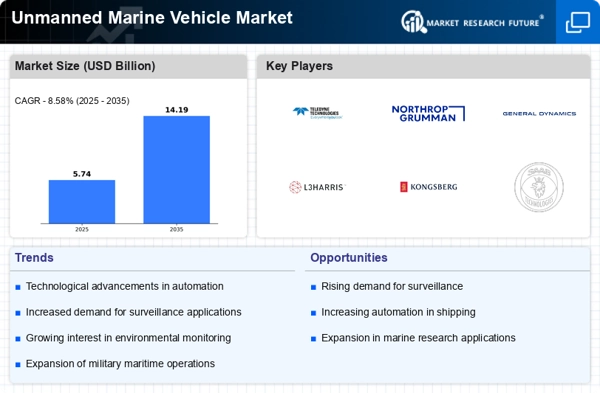
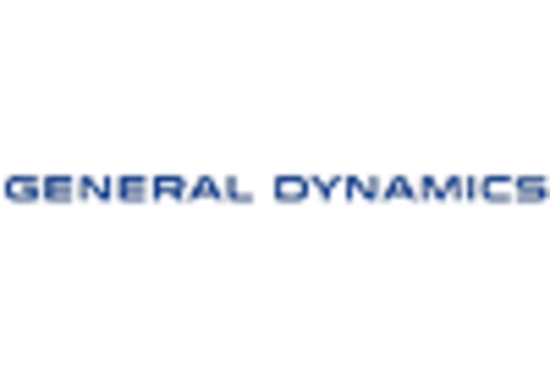

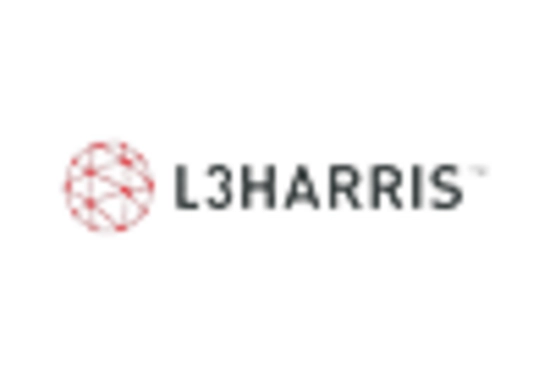

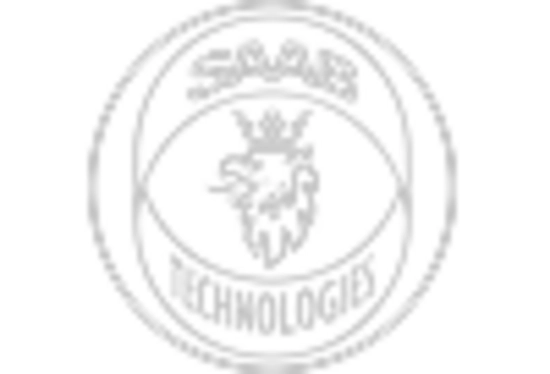
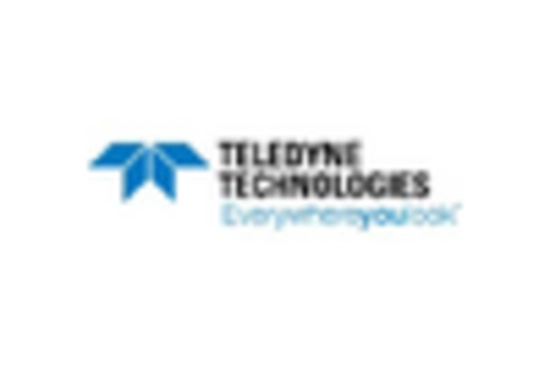








Leave a Comment